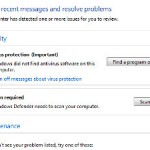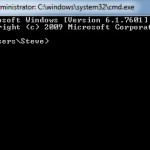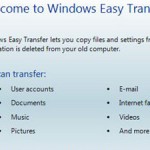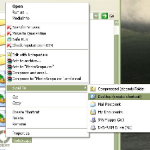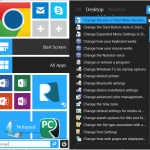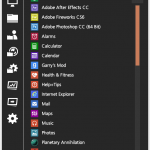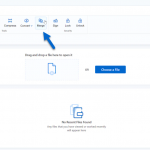Here’s a history of the Windows Key, what it does, and a list of Windows Key shortcuts in any version of Windows. Mastering this key is essential.
| By Steve Horton |
|
|
The Windows Action Center is a great place to learn about issues that your Windows Vista or Windows 7 PC is having.
| By Steve Horton |
|
|
A Command Prompt, or DOS Window, is where you carry out text instructions that are difficult to do through Windows.
| By Steve Horton |
|
|
Windows has an app called Windows Easy Transfer that makes it super easy to move files and settings from one PC to another.
| By Steve Horton |
|
|
A shortcut is a Windows file that directs you toward a folder or file in a different part of Windows. Shortcuts are really useful for getting around the Windows environment.
| By Steve Horton |
|
|
Windows has built-in tools for fixing Internet connectivity problems. Here’s how to activate these tools easily and get back up and running.
| By Steve Horton |
|
|
Virtual memory is when your PC uses your hard drive as temporary RAM. Adjusting virtual memory can speed up your PC significantly.
| By Steve Horton |
|
|
Normally, 32-bit Windows can only see about 3.5 gigabytes of RAM. However, there’s a way to access the rest of your memory. Here’s how to do that.
| By Steve Horton |
|
|
Windows Vista and Windows 7 introduced a new score built in to Windows, called the Windows Experience Index.
| By Steve Horton |
|
|
Whenever you have a problem with your PC, booting into Safe Mode, a protected version of Windows, will often stabilize it and let you fix the issue.
| By Steve Horton |
|
|
Everyone’s PC locks up sometime. Doesn’t matter if you’re using Windows XP, Windows Vista or Windows 7 — freezes happen.
| By Steve Horton |
|
|
It’s pretty easy to change the volume for your PC overall. But sometimes you’d like to turn up or down a specific app. Here’s how you do that.
| By Steve Horton |
|
|
Your PC’s specifications are important. It’s good to know what kind of CPU you have, what version of Windows you have installed, and so on. Here’s how.
| By Steve Horton |
|
|
Microsoft has two levels of support for its Windows products, Mainstream Support and Extended Support. The first is free and the second costs money.

